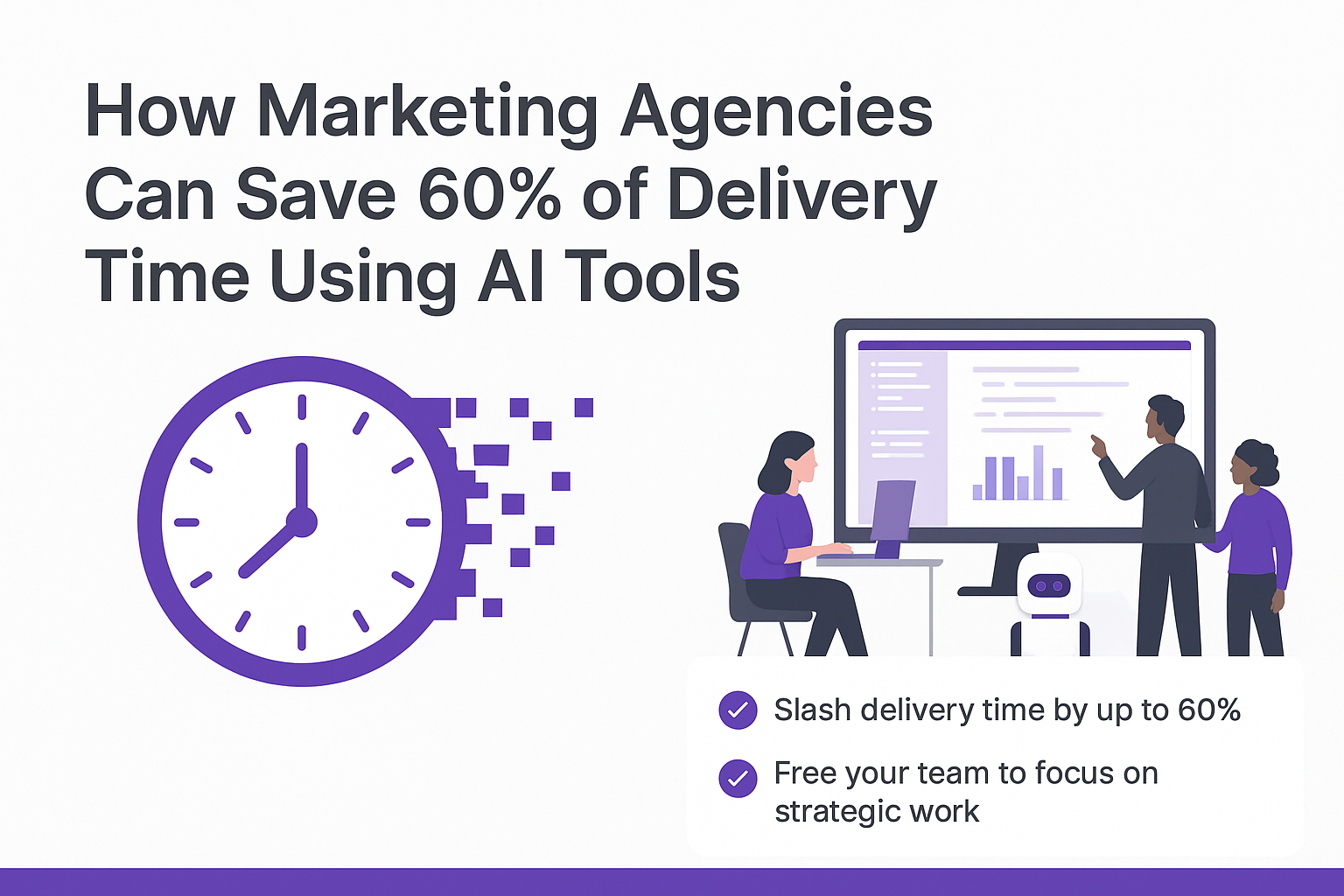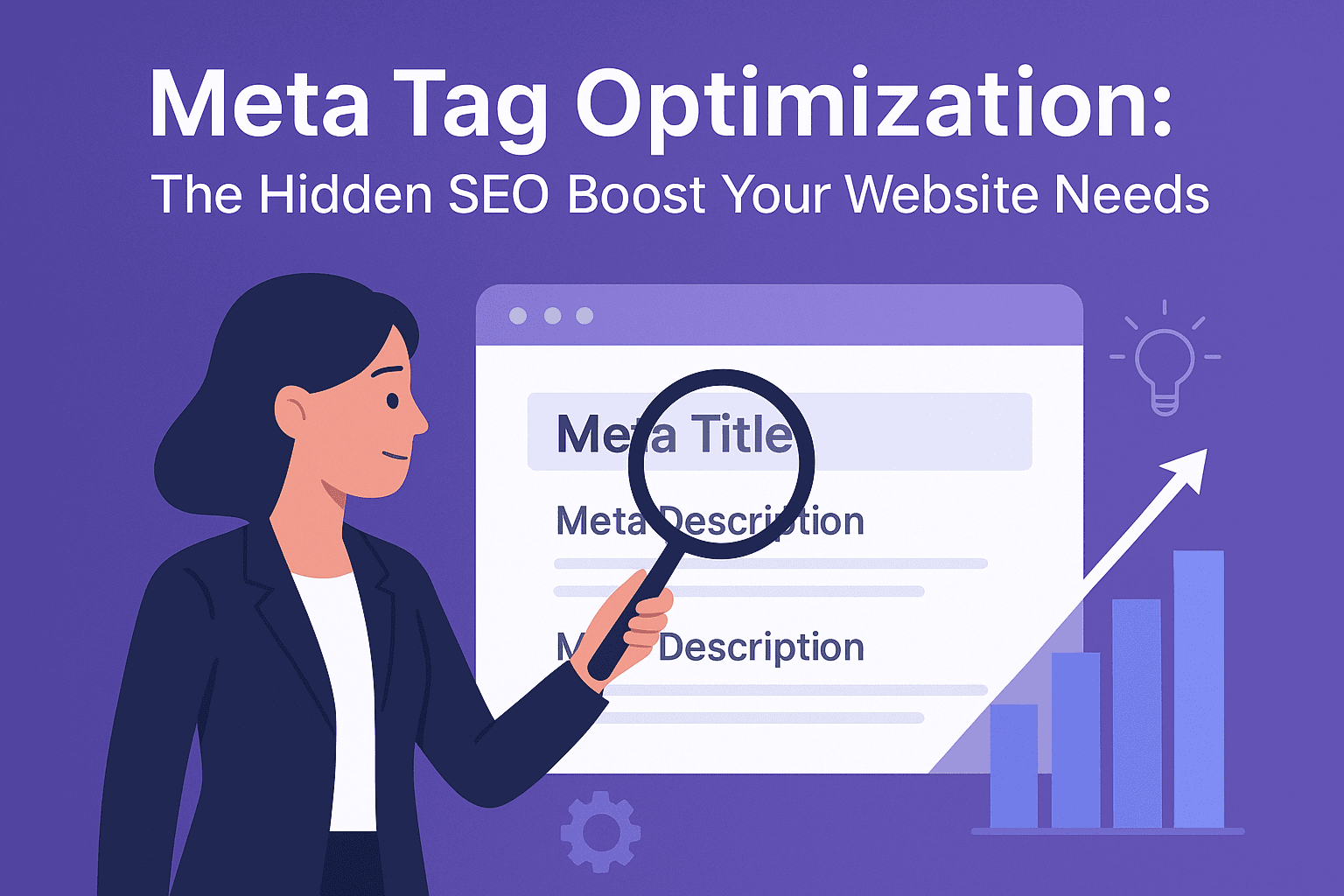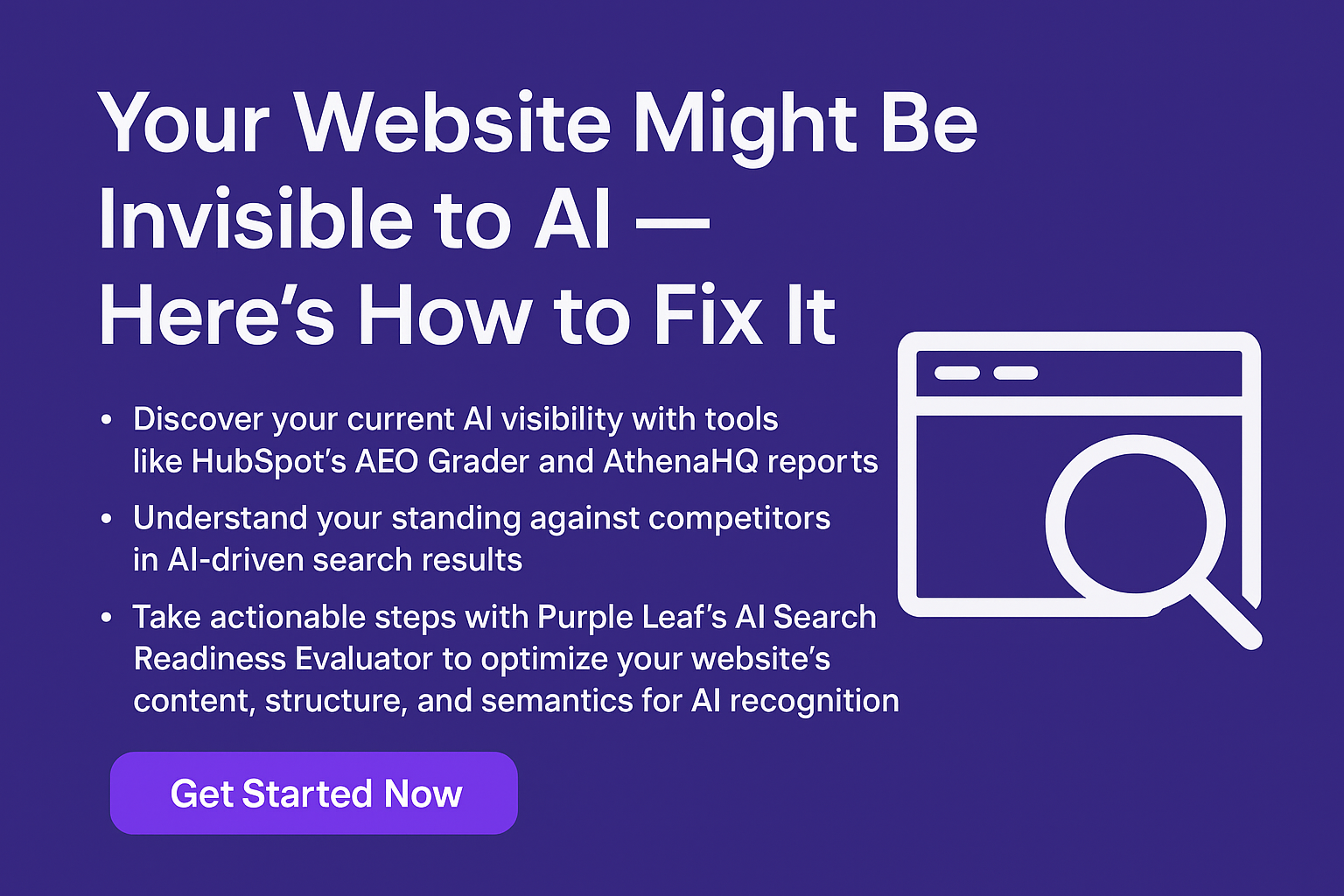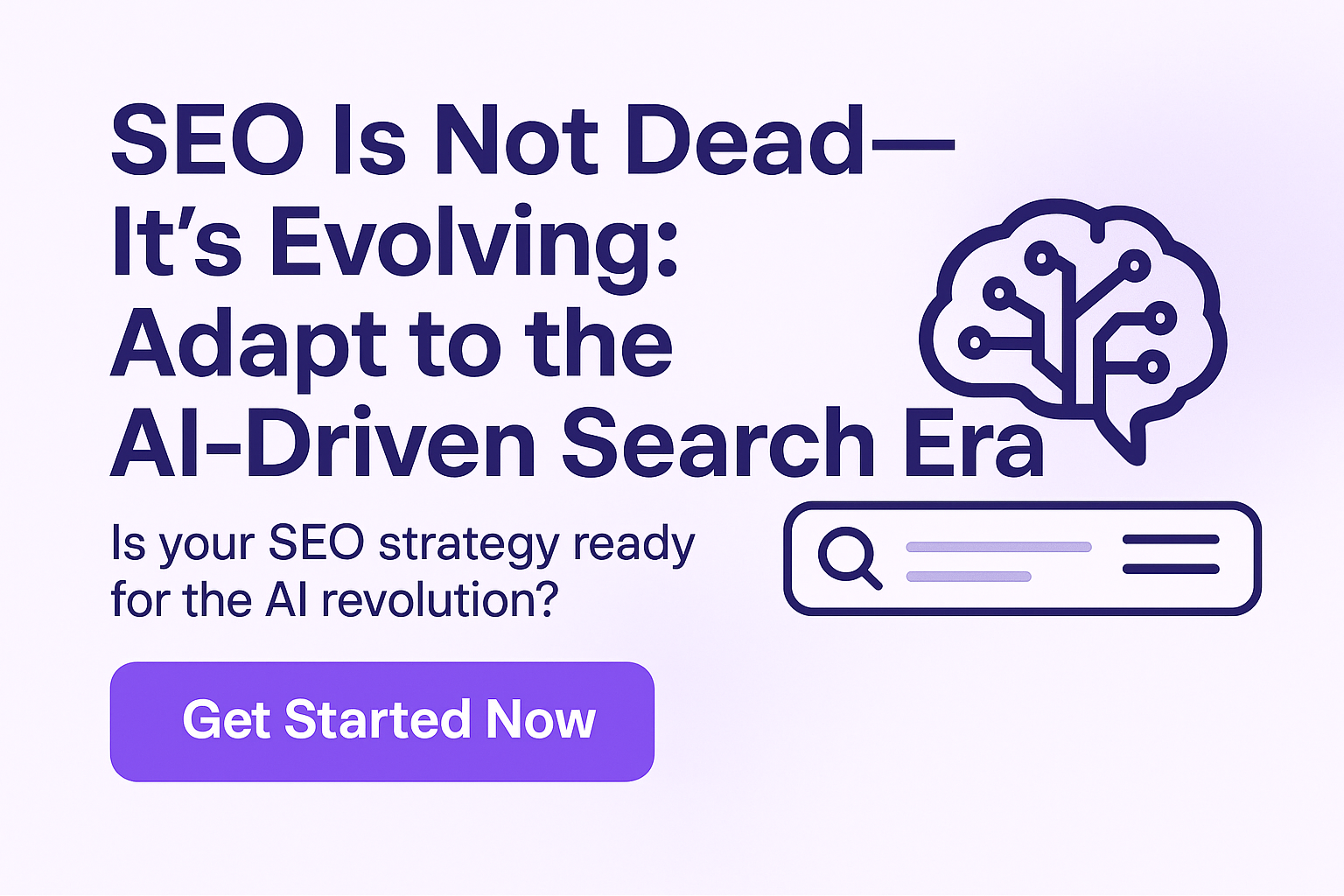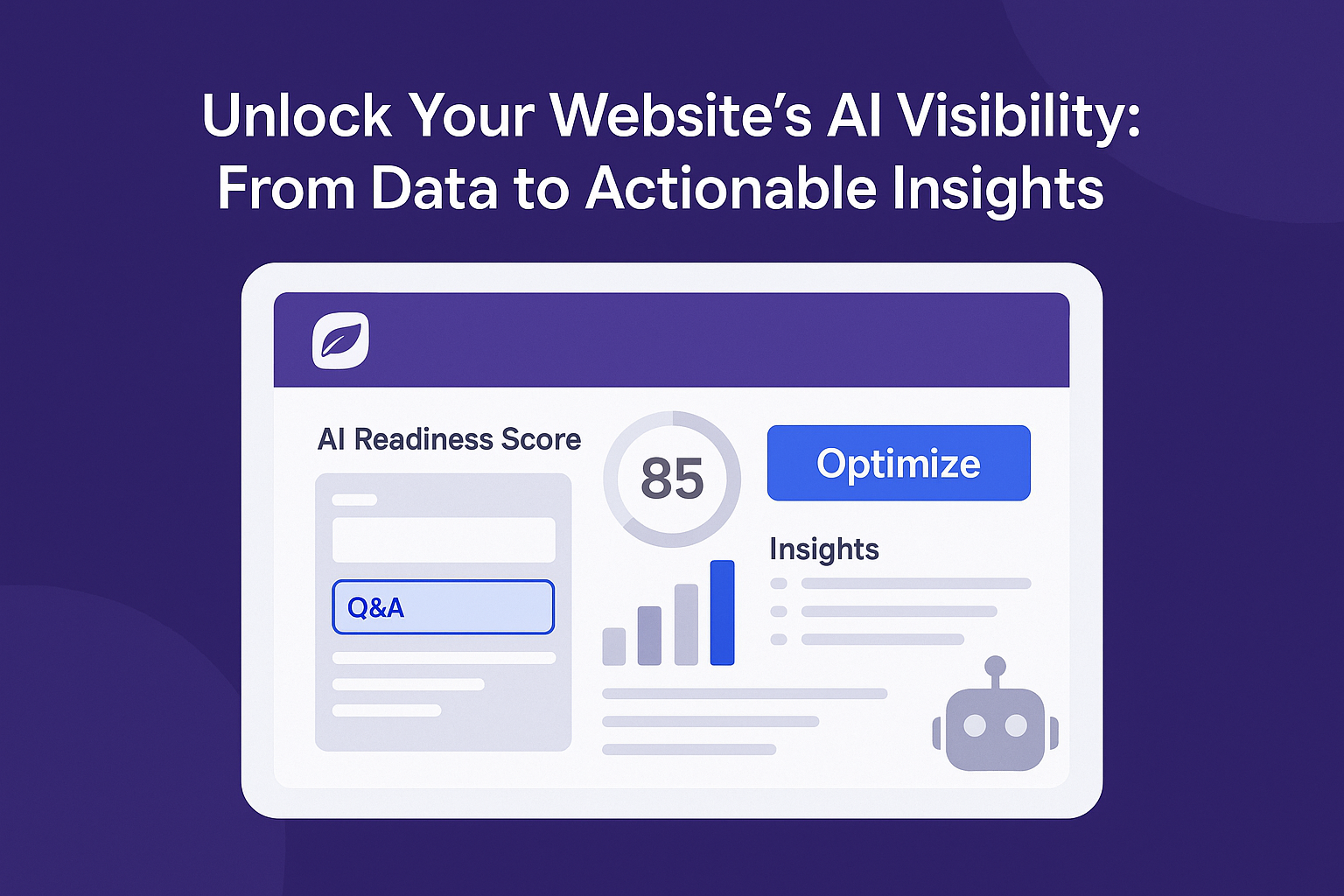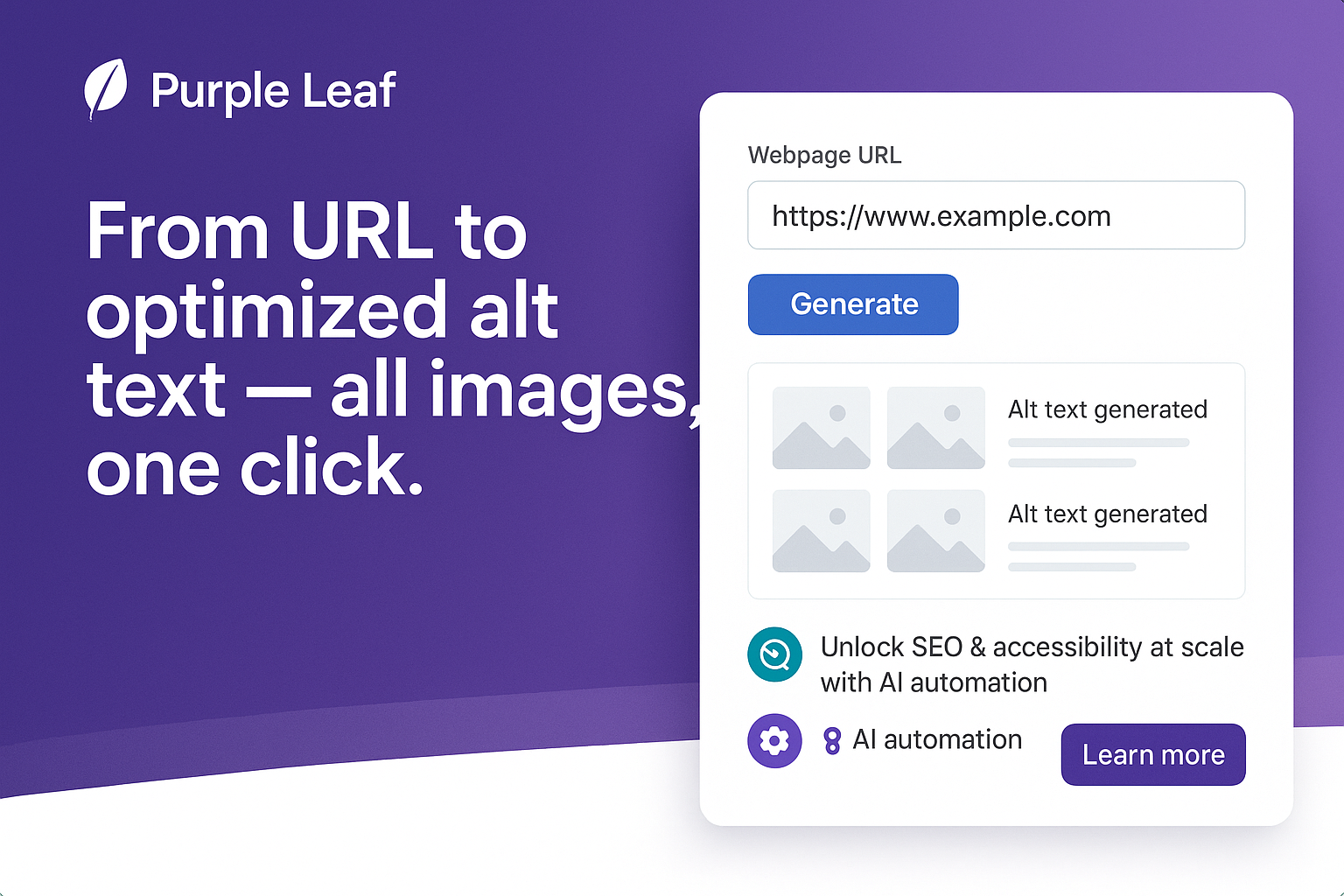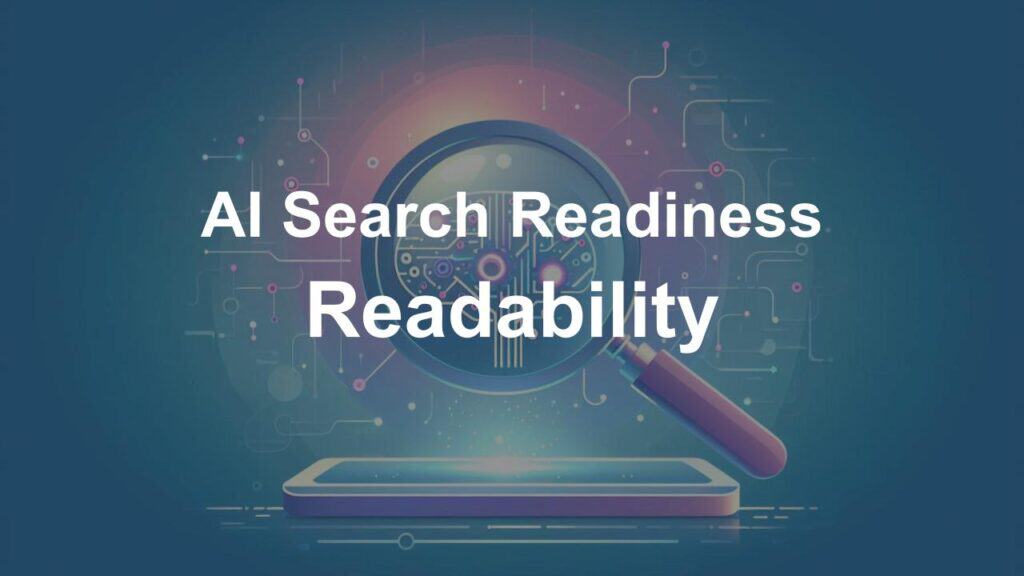
Think about the books you loved growing up. Maybe it was a novel that pulled you in from the very first page, or a story you still remember word for word years later.
Why do we remember those stories? Because they were easy to read, easy to follow, and they spoke to us in a way that felt natural. The best writing doesn’t make us work too hard — it draws us in, keeps us turning pages, and leaves us wanting more.
In our previous blog, The 14 Key Factors for AI Search Readiness, we introduced the elements that help your content perform better in an AI-driven search world. Here, we’ll dive into the very first of those factors: readability.
That same principle applies to how your website content works today. Even with AI, the rule holds: content people genuinely read is content that gets showcased more often. When your writing is engaging enough to keep someone scrolling, AI takes notice. The longer readers stay, the stronger the signal that your content is worth surfacing again.
Why Readability Matters More Than Ever
When someone lands on your page, they make a quick decision right after opening the page or after reading the first line: keep reading or click away. If your content is relevant and easy to follow, they’ll stay, scroll, and absorb your message. But if it’s dense, cluttered, or hard to process, they’ll drop off.
Here’s the key insight: when people leave quickly, AI notices. And when people stay, AI notices that too.
Search engines and AI systems track how content performs. Articles that people read through — without bouncing — get surfaced again. Those that lose readers early fade into the background.
So readability isn’t just about style. It directly shapes visibility.
What Readability Really Means
It doesn’t mean “dumbing things down.” It means making your content effortless to follow. Writing in a way that feels natural, conversational, and structured enough that people don’t get lost halfway.
The sweet spot? Content that feels like it’s written for a curious teenager or a busy adult who wants answers fast. That’s the level AI looks for when pulling snippets or creating overviews.
The Ripple Effect of Readability
- Better retention. The longer someone reads, the more trust you build.
- More shares. Clear, memorable ideas spread more easily.
- Higher visibility. AI surfaces content that people actually finish.
It’s a loop: people like it → they read it → AI sees that → your content gets shown more often.
So How Do You Write Readable Content?
- Imagine explaining your point to a friend over coffee.
- Use shorter sentences and familiar words.
- Break big ideas into smaller, skimmable sections.
- Keep flow in mind — like a story, not a textbook.
- Read it out loud. If it feels heavy or robotic, rewrite it.
Final Thoughts
We remember our favorite books because they were written in a way we could connect with. Your online content works the same way. If people can read through it without friction, AI will recognize its value and push it higher in results.
At the end of the day, readability is less about formulas and more about human connection. And when your words connect, both readers and AI pay attention.That’s also where tools like Purple Leaf’s AI Readiness come in — helping you check whether your content meets the standards AI looks for, so your words don’t just reach people but keep getting surfaced again and again.
